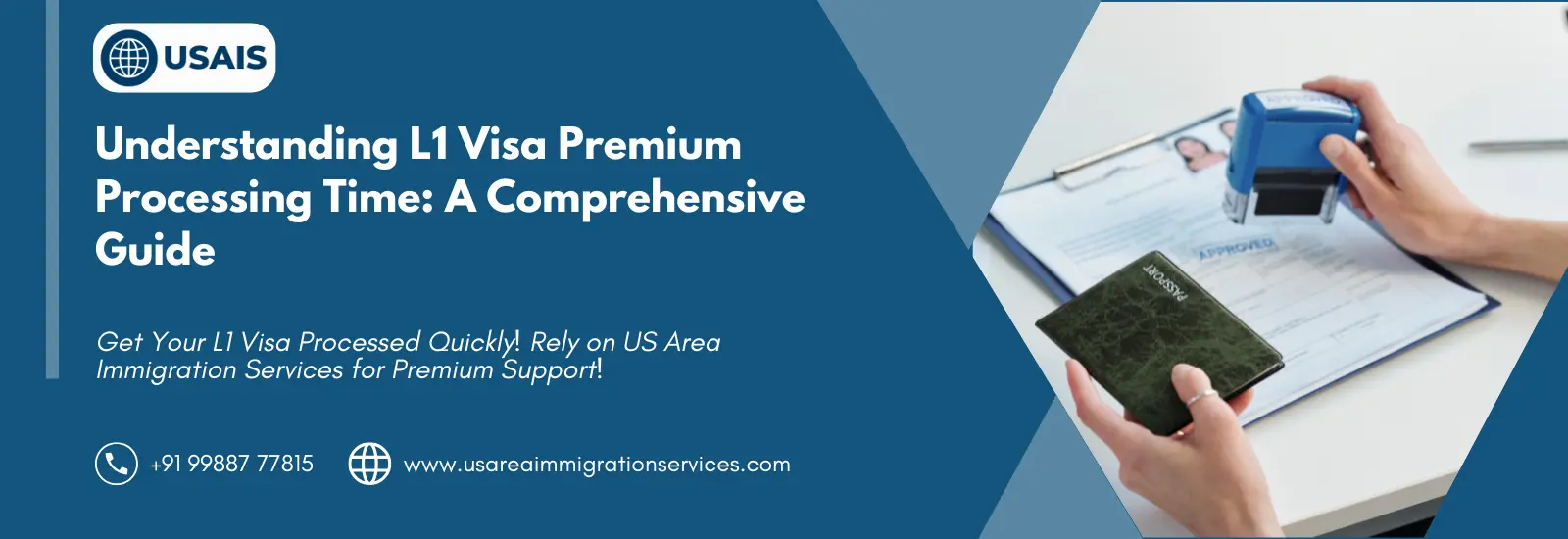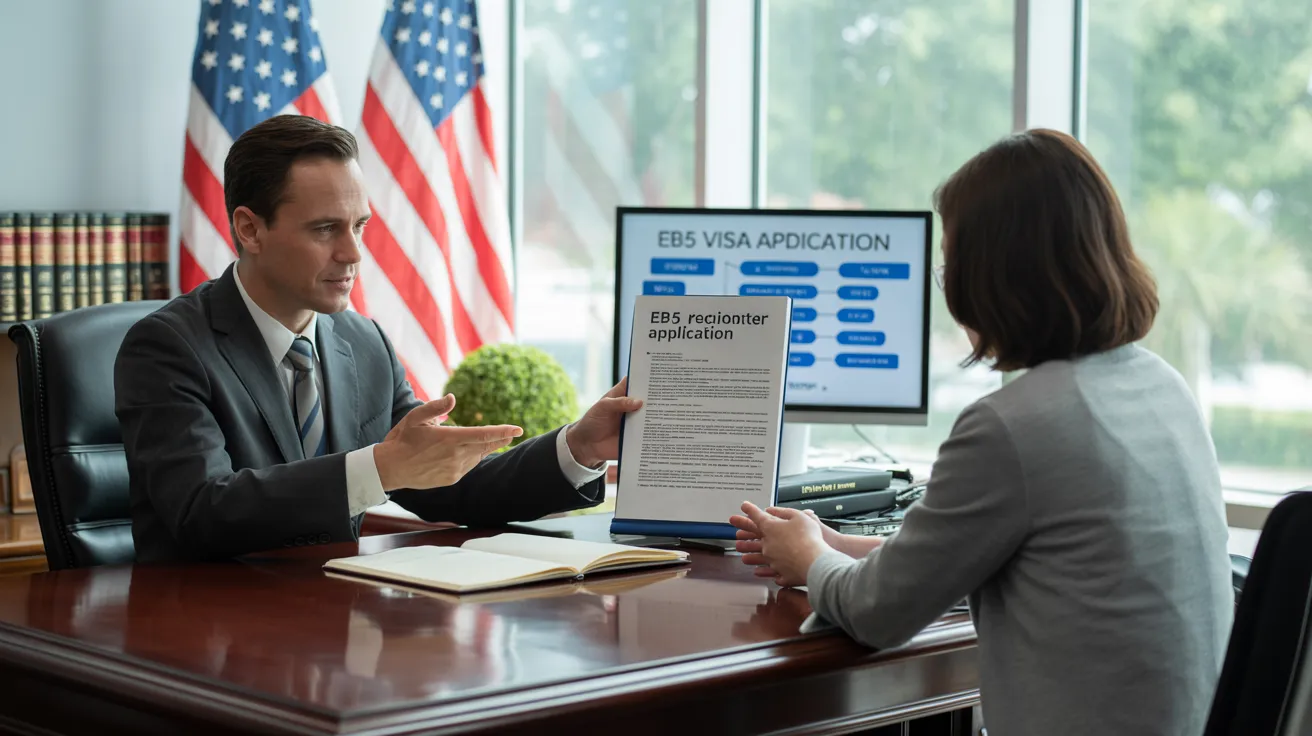Some Of L1 Visa
Table of ContentsL1 Visa Fundamentals ExplainedFacts About L1 Visa UncoveredL1 Visa Fundamentals ExplainedAll About L1 VisaOur L1 Visa PDFsSome Ideas on L1 Visa You Need To Know
Offered from ProQuest Dissertations & Theses Worldwide; Social Scientific Research Premium Collection. (2074816399). (PDF). Congress. (PDF). DHS Workplace of the Inspector General. (PDF). (PDF). "Nonimmigrant Visa Data". Fetched 2023-03-26. Department of Homeland Safety And Security Workplace of the Examiner General, "Review of Susceptabilities and Potential Misuses of the L-1 Visa Program," "A Mainframe-Size Visa Loophole".
United State Department of State. Obtained 2023-02-08. Tamen, Joan Fleischer (August 10, 2013).
The Basic Principles Of L1 Visa
In order to be eligible for the L-1 visa, the international company abroad where the Beneficiary was utilized and the united state firm have to have a certifying partnership at the time of the transfer. The different sorts of certifying partnerships are: 1. Parent-Subsidiary: The Parent means a company, corporation, or other lawful entity which has subsidiaries that it owns and regulates."Subsidiary" implies a company, corporation, or various other lawful entity of which a parent possesses, directly or indirectly, even more than 50% of the entity, OR owns much less than 50% but has management control of the entity.
Example 1: Firm A is incorporated in France and uses the Beneficiary. Firm B is integrated in the united state and intends to request the Beneficiary. Business An owns 100% of the shares of Business B.Company A is the Parent and Firm B is a subsidiary. For that reason there is a certifying connection in between the two companies and Company B need to have the ability to sponsor the Beneficiary.
Business A has 40% of Business B. The staying 60% is possessed and managed by Company C, which has no connection to Business A.Since Company A and B do not have a parent-subsidiary connection, Company A can not fund the Recipient for L-1.
Instance 3: Firm A is included in the united state and wishes to petition the Beneficiary. Business B is incorporated in Indonesia and employs the Recipient. Business An owns 40% of Business B. The remaining 60% is owned by Firm C, which has no relationship to Business A. However, Firm A, by official contract, controls and full manages Business B.Since Business An owns less than 50% of Firm B yet takes care of and regulates the firm, there is a certifying parent-subsidiary partnership and Business A can sponsor the Beneficiary for L-1.
Excitement About L1 Visa
Affiliate: An affiliate is 1 of 2 subsidiaries thar are both had and regulated by the same parent or person, or possessed and regulated by the L1 Visa law firm same group of individuals, in generally the very same ratios. a. Example 1: Business A is included in Ghana and uses the Beneficiary. Company B is integrated in the united state
Company C, also incorporated in Ghana, owns 100% of Company A and 100% of Company B.Therefore, Firm A and Firm B are "associates" or sister firms and a certifying partnership exists in between both business. Company B must have the ability to sponsor the Beneficiary. b. Instance 2: Firm A is included in the united state
Business A is 60% had by Mrs. Smith, 20% owned by Mr. Doe, and 20% owned by Ms. Brown. Company B is included in Colombia and presently utilizes the Beneficiary. Company B is 65% possessed by Mrs. Smith, 15% possessed by Mr. Doe, and 20% had by Ms. Brown. Company A and Firm B are associates and have a certifying relationship in two various methods: Mrs.
The L-1 visa is an employment-based visa category developed by Congress in 1970, allowing multinational business to move their managers, executives, or key employees to their united state operations. It is typically described as the intracompany transferee visa. There are 2 major kinds of L-1 visas: L-1A and L-1B. These kinds appropriate for employees employed in L1 Visa process various placements within a firm.

Furthermore, the beneficiary has to have functioned in a supervisory, executive, or specialized worker position for one year within the 3 years coming before the L-1A application in the foreign company. For brand-new office applications, foreign work has to have remained in a managerial or executive capacity if the beneficiary is concerning the USA to work as a manager or exec.
The 6-Minute Rule for L1 Visa

If granted for an U.S. business functional for greater than one year, the preliminary L-1B visa is for approximately three years and can be extended for an extra two years (L1 Visa). Alternatively, if the united state company is recently established or has been operational for much less than one L1 Visa guide year, the initial L-1B visa is issued for one year, with expansions available in two-year increments
The L-1 visa is an employment-based visa group established by Congress in 1970, allowing multinational business to move their supervisors, execs, or key personnel to their united state operations. It is commonly described as the intracompany transferee visa. There are 2 major sorts of L-1 visas: L-1A and L-1B. These kinds appropriate for staff members worked with in different positions within a business.
Some Known Details About L1 Visa
Additionally, the recipient has to have operated in a managerial, executive, or specialized staff member setting for one year within the three years preceding the L-1A application in the international business. For new workplace applications, international employment must have remained in a supervisory or executive capability if the beneficiary is concerning the USA to work as a manager or exec.
for as much as seven years to oversee the operations of the united state associate as an exec or supervisor. If issued for a united state firm that has been functional for even more than one year, the L-1A visa is originally approved for up to 3 years and can be extended in two-year increments.
If provided for a united state firm operational for more than one year, the first L-1B visa is for as much as three years and can be prolonged for an additional two years. Alternatively, if the U.S. company is freshly developed or has actually been functional for much less than one year, the initial L-1B visa is provided for one year, with extensions available in two-year increments.